composite decking vs timber nz
Explore the key differences between composite and timber decking materials in New Zealand, weighing factors like durability, maintenance, and cost to help you choose the best option for your outdoor space.
Composite Decking vs Timber NZ
Introduction
In New Zealand, choosing the right materials for your deck can be a pivotal decision that impacts both aesthetics and functionality. Two primary contenders in this arena are composite decking and timber decking. Each has its own set of advantages and disadvantages, particularly when it comes to environmental impact, cost-effectiveness, durability, and maintenance requirements. This article delves into these aspects, providing a comprehensive comparison to help you make an informed decision.
Environmental Impact
One of the key considerations in New Zealand is the environmental impact of materials used in construction. Timber decking is often sourced from sustainably managed forests, making it a popular choice among eco-conscious consumers. However, the harvesting process can contribute to deforestation if not properly regulated. Composite decking, on the other hand, is made from recycled plastic and wood fibers, reducing waste and promoting sustainability. Yet, the production process of composites can have a higher carbon footprint compared to timber. According to a study by the University of Canterbury, while composites reduce landfill waste, they require more energy-intensive manufacturing processes (UC, 2020).
Cost-Effectiveness
When it comes to initial costs, timber decking tends to be less expensive than composite decking. However, over time, the cost-effectiveness of composite decking becomes more apparent due to lower maintenance needs. For instance, a composite deck might cost around NZD 150 per square meter initially, whereas a timber deck could be as low as NZD 100 per square meter (NZHIA, 2021). But considering the need for regular sealing and painting, the long-term expenses of a timber deck can quickly escalate. A homeowner in Auckland reported saving significantly on maintenance costs after switching from a timber to a composite deck (Auckland Homeowner, 2022).
Durability and Maintenance Requirements
Timber decks are susceptible to weather-related damage, such as rotting, warping, and insect infestation, especially in the damp climate of New Zealand. Regular maintenance, including staining and sealing, is essential to extend their lifespan. Composite decking, however, is more resistant to moisture, insects, and UV rays, making it a durable option for outdoor use. An expert from the New Zealand Decking Association notes that composite decks typically last longer and require less upkeep than their timber counterparts (NZDA, 2021).
Real-Life Examples and Expert Opinions
Several homeowners in Wellington have shared their experiences with both types of decking. One homeowner, who switched from a timber to a composite deck, noted a significant reduction in maintenance time and effort, allowing them to spend more time enjoying their outdoor space rather than working on it (Wellington Homeowner, 2022). Another homeowner in Christchurch emphasized the importance of choosing materials that align with environmental values, opting for composite decking despite the higher upfront cost (Christchurch Homeowner, 2022).
Conclusion
The choice between composite and timber decking in New Zealand depends largely on individual preferences, budget, and environmental concerns. While timber offers a traditional aesthetic and lower initial cost, composite decking provides greater durability and lower long-term maintenance requirements. By weighing these factors, you can make a well-informed decision that enhances both the beauty and functionality of your outdoor living space.
Reference
University of Canterbury Study on Environmental Impact of Decking Materials
New Zealand Decking Association
New Zealand Home Improvement Association
Baoding Plastroy WPC Products
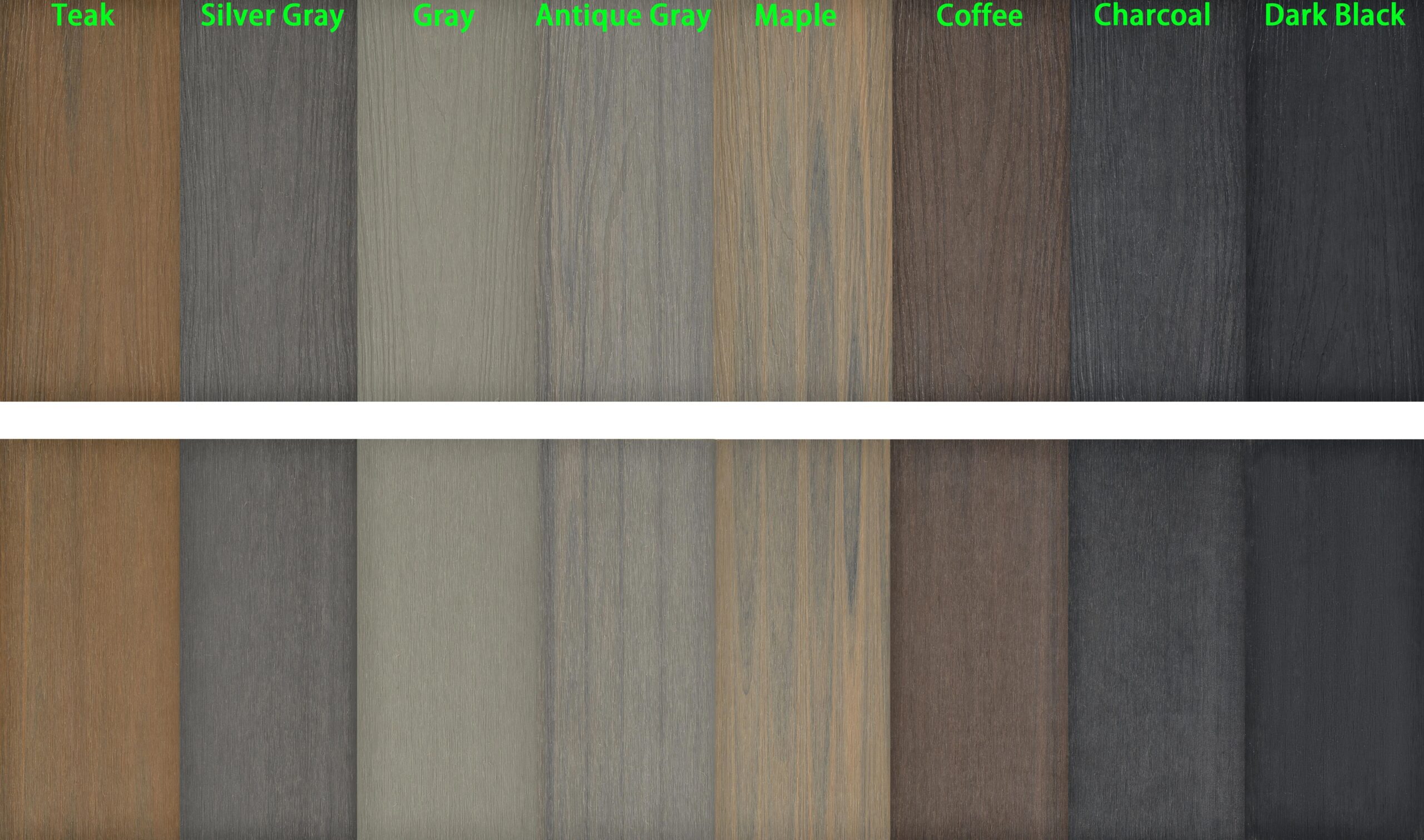
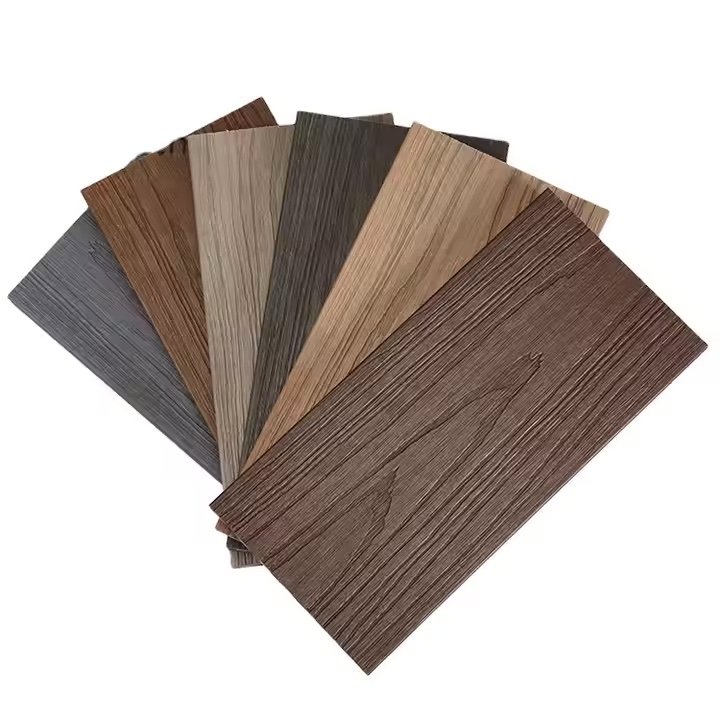
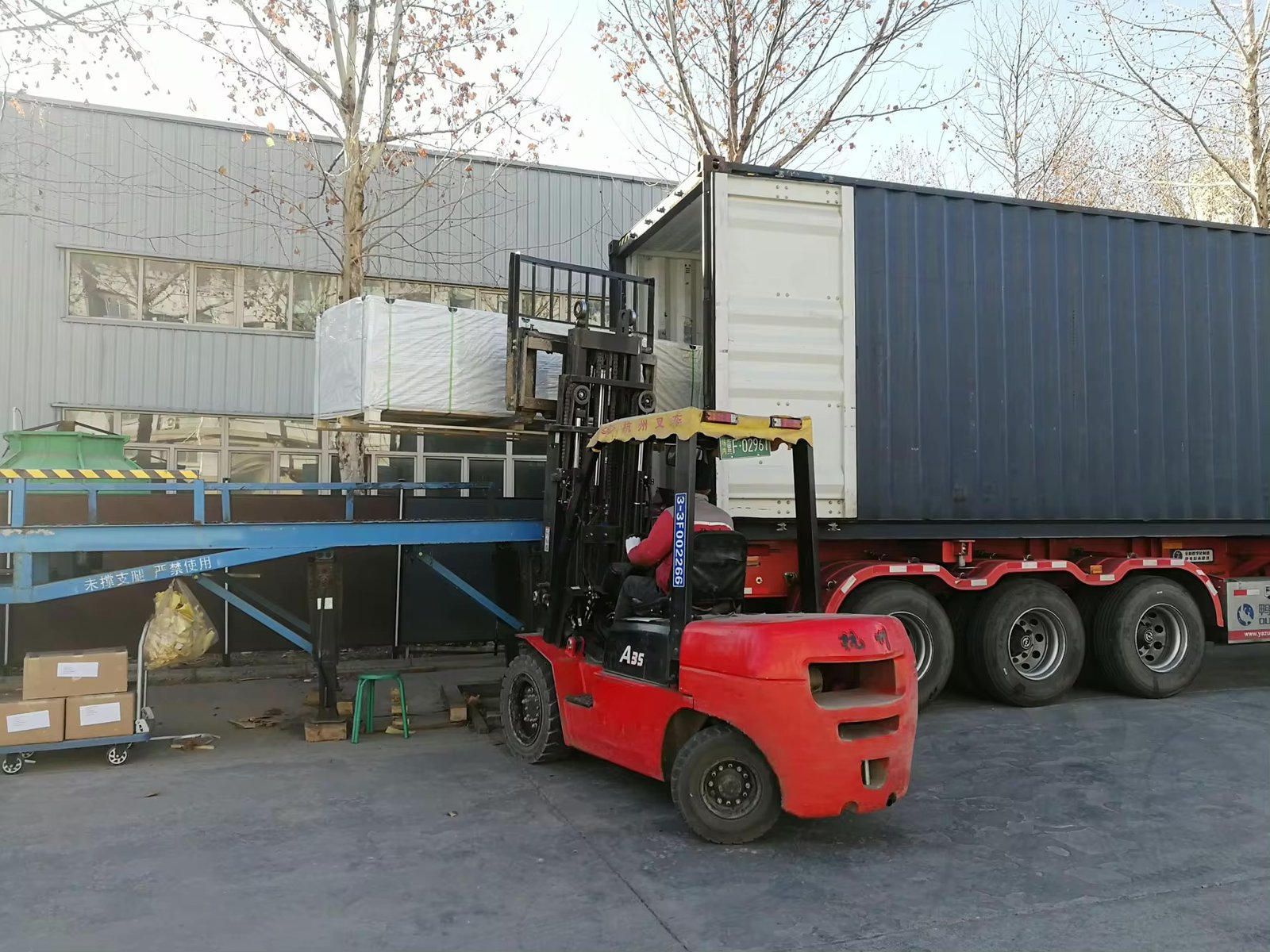
Why Choose Plastory?
Baoding Plastory New Materials Co., Ltd. is a manufacturer of decorative materials with over 9 years of experience and 56 separate production lines.
Currently, our annual production exceeds 30,000 tons, with products exported to more than 50 countries worldwide.
Plastory is the drafting unit of the WPC National Standards and has obtained certifications such as REACH, ASTM, CE, and FSC. Plastory is dedicated to maintaining consistent quality, focusing on details, and prioritizing customer satisfaction.
Our factory is located in Baoding, Hebei Province, China, with a prime location and convenient transportation access. Baoding is approximately a 1.5-hour drive from Beijing Capital International Airport and just 2 hours away from Tianjin Port, making it easy for global clients to visit and facilitating efficient shipping of goods. Our facility spans a large area, equipped with advanced production equipment and modern testing facilities to ensure that every batch of products meets the highest quality standards.
We warmly welcome clients from around the world to visit our factory, where you can see our production processes firsthand and experience our product quality. Please feel free to reach out to us—we are committed to providing you with the best products and services.
Kindly get in touch with us to request a product catalogue.


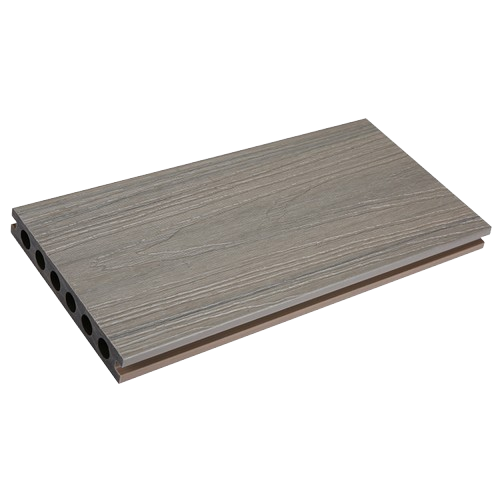
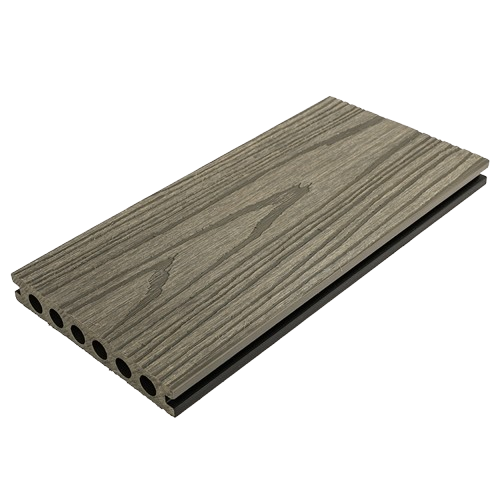
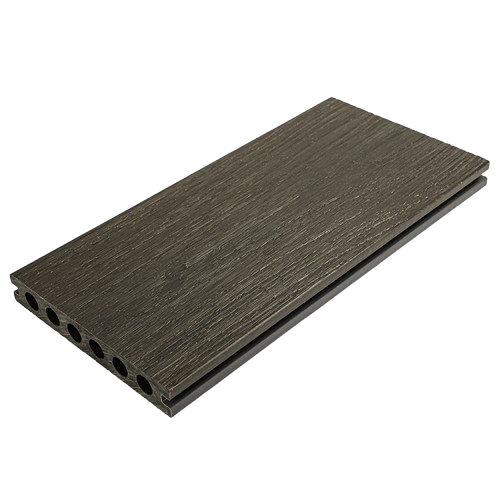
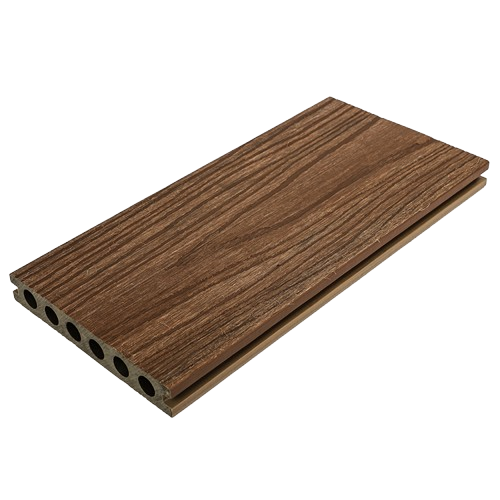
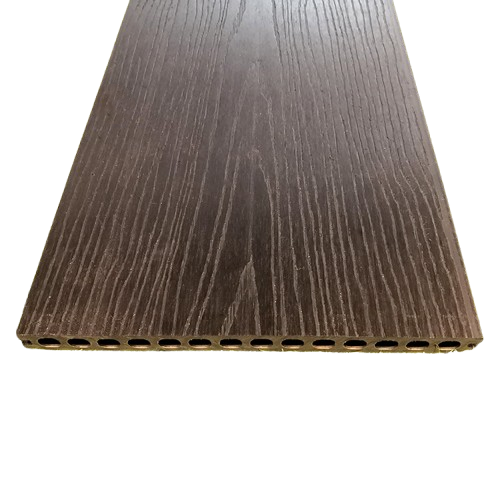

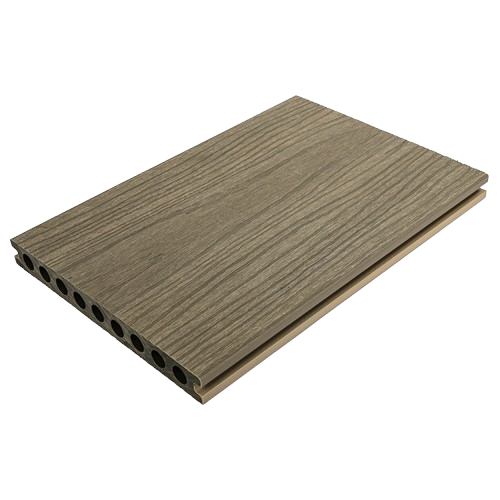

Reviews
There are no reviews yet.